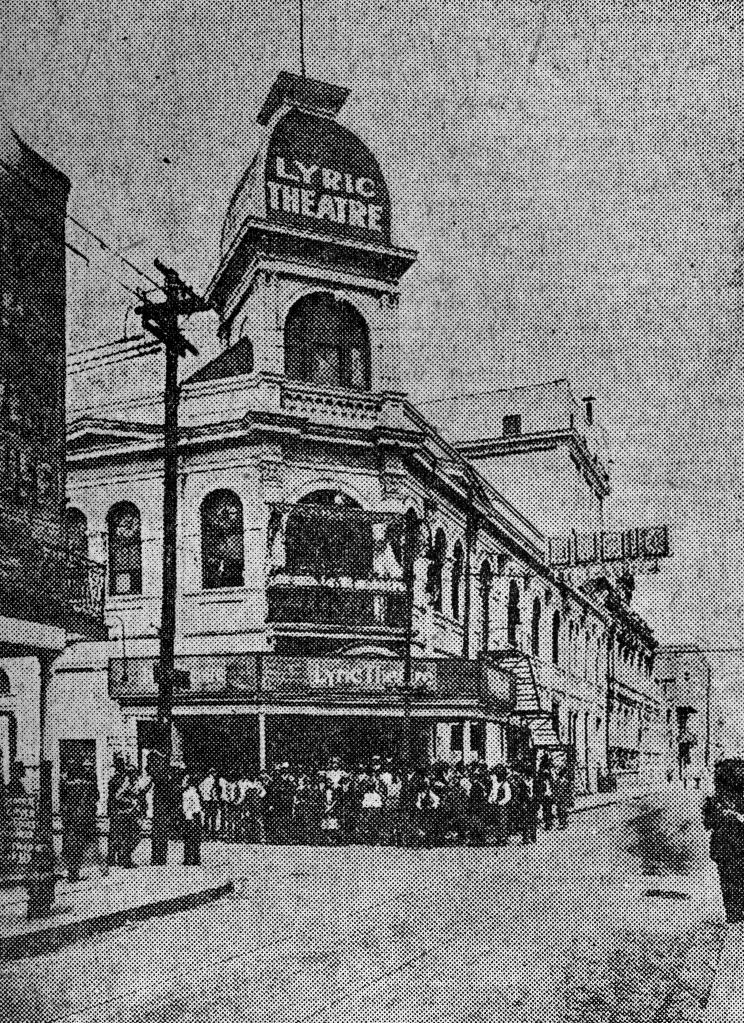
Iconic entertainer Josephine Baker gave the Lyric Theater high praise after she performed there in the 1920s.
“Huge theatre with real orchestra, many musicians: happy!”
Considered New Orleans’ top-notch Black vaudeville theater, the 2,000-seat Lyric was located in the French Quarter from 1919 to 1927. Everyone involved with the theater – ticket sellers, managers, doormen and ushers – were Black. The owners were white.
According to New Orleans Historical, the performers were singers, dancers and entertainers working on the Theater Owners Booking Association Black vaudeville circuit. The acts included such greats as Esther Bigeou, Ma Rainey, Jack Riggins, Bessie Smith and Ethel Waters.
“As the popularity of the Lyric Theater continued to spread, many in the white community expressed interest in the talented group of Black actors and actresses performing on stage,” the Creole Genealogical and Historical Association (CreoleGen) states. “They could not resist the allure of race entertainment.”
To accommodate the white audiences, according to A Closer Walk NOLA, the Lyric added late-night shows on weekends for “whites only.” Known as “Midnight Follies,” the shows had the same acts doing the same material as they would for Black audiences.
“Some of the references and in-jokes crafted for Black audiences likely went over (white audiences’) heads,” A Closer Walk NOLA adds.
The Lyric was built in the mid-1890’s as the Wenger’s Variety Hall and Beer Garden. The theater’s five-member orchestra was directed by violinist John P. Robichaux.
In 1927, the Lyric closed unexpectedly. According to a Chicago Tribune article, it had been losing money for two years before it closed. The building was demolished in 1928 and eventually replaced by a parking garage.
“Decades later,” CreoleGen states, “the theater would serve as the inspiration for ‘One Mo’ Time,’ a musical written by New Orleans native Vernel Bagneris,” which debuted in 1978.
For more tales from New Orleans history, visit the Back in the Day archives.









